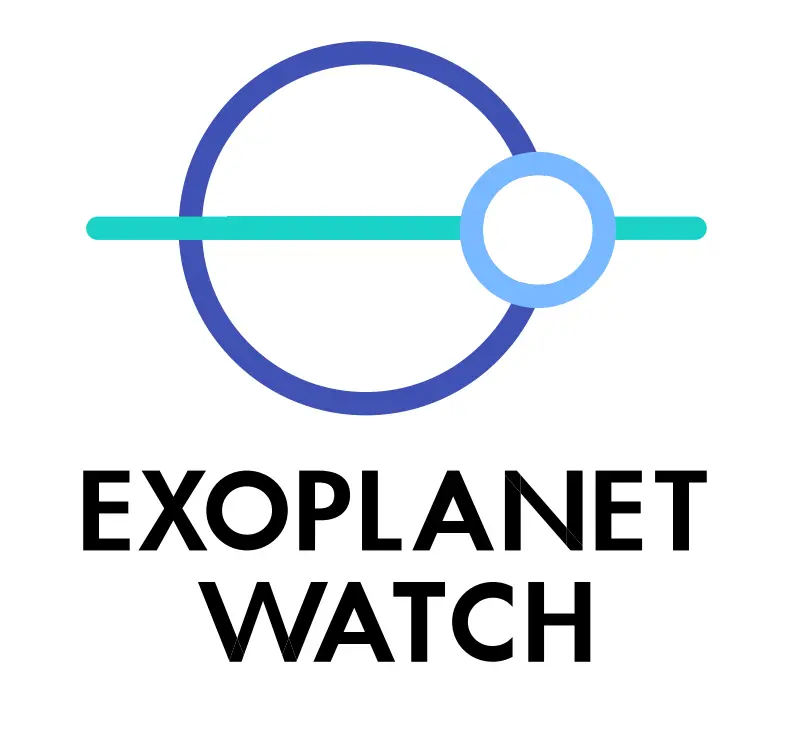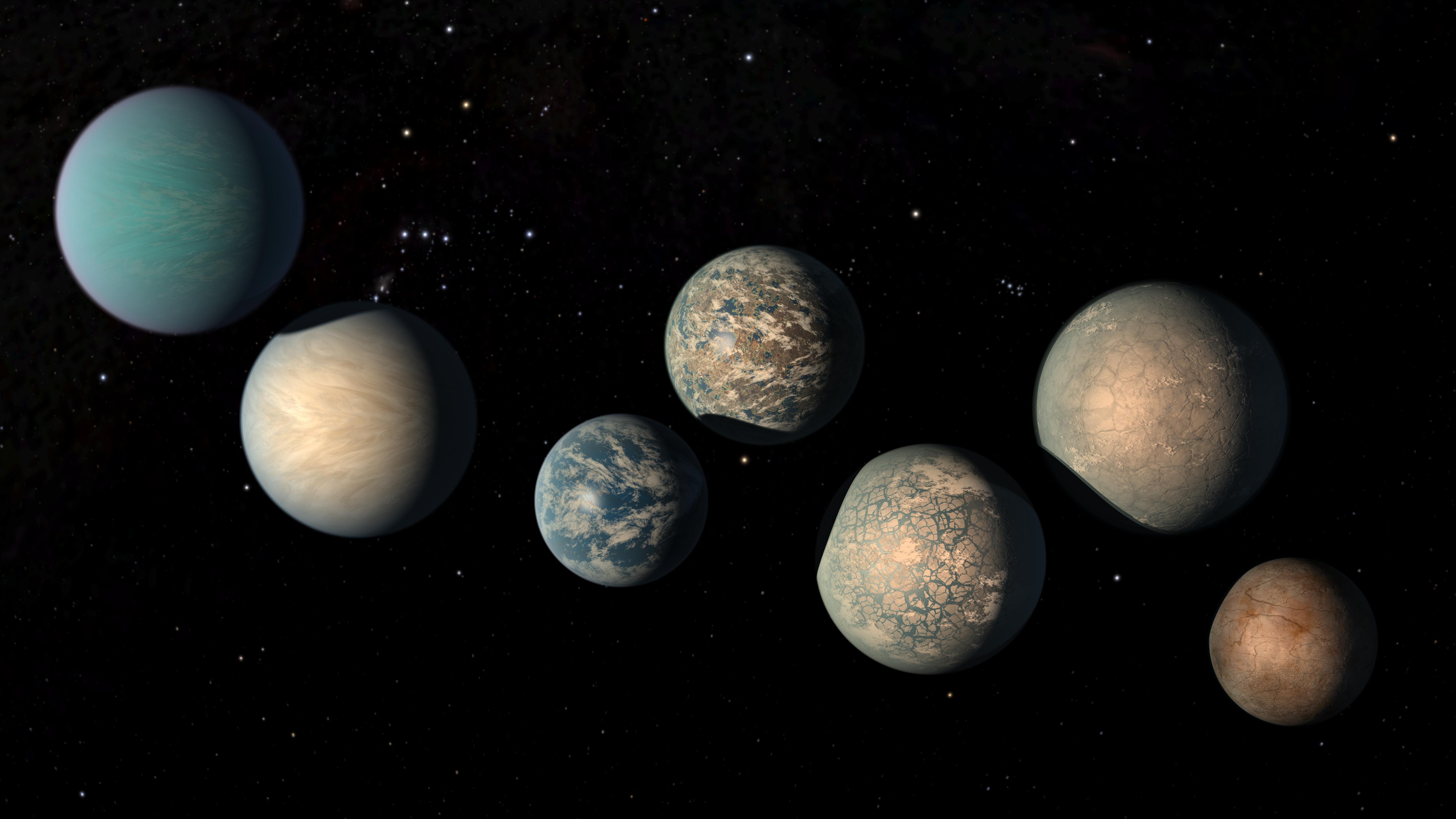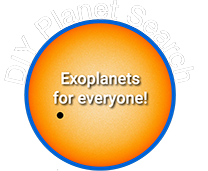Areas of Interest
I started my career as a software developer in the Java language, having been
mostly self-taught. I have been in the software development industry for more
than 25 years now, and I want to branch out. With the new space and ground based
telescopes planned to come online over the next few years, the need for
software, especially Artificial Intelligence (AI) algorithms, that can help
scientists make sense of all that data promises for an interesting intersection
between my past, and my future.
My research interests lie in exoplanet formation, after having taken a "Habitable
Worlds" course at Arizona State University, where the final project was given a
simulated galaxy of few thousand stars, use the tools and methods covered within
the course to search those stars for ones that host an exoplanet. Once those were
identified, determine if the exoplanet was within the habitable zone of the star,
and further if the exoplanet was likely a rocky world with median temperatures
conducive to the evolution of life. There were three (3) hidden in this simulated
galaxy, and we had to find one (1).
-
Astronomy
-
Exoplanets
-
Python Development
-
Artificial Intelligence
-
Citizen Science
-
Space Exploration


